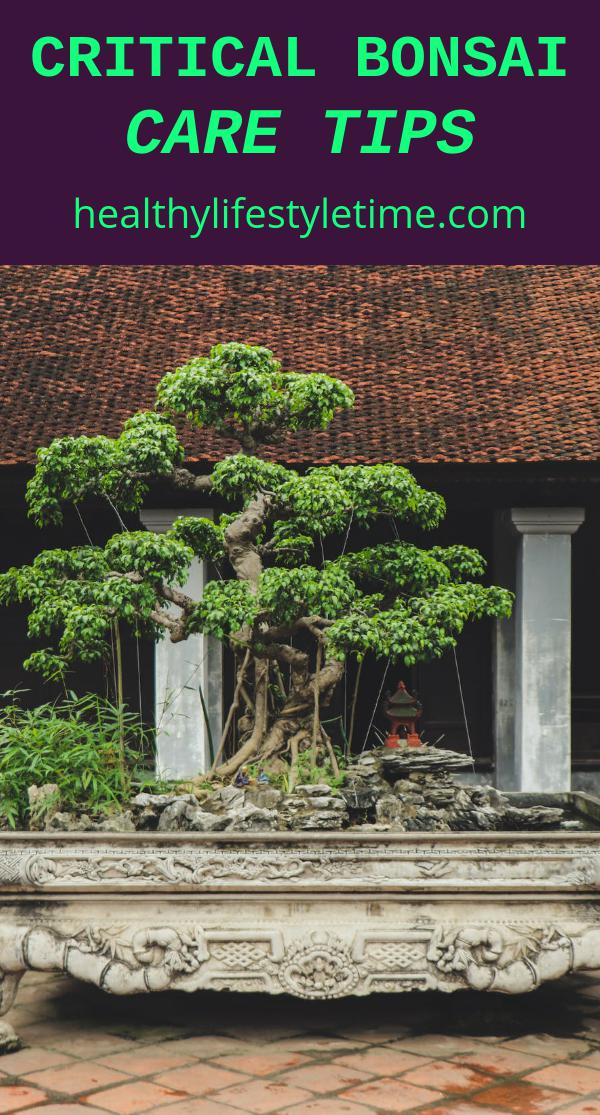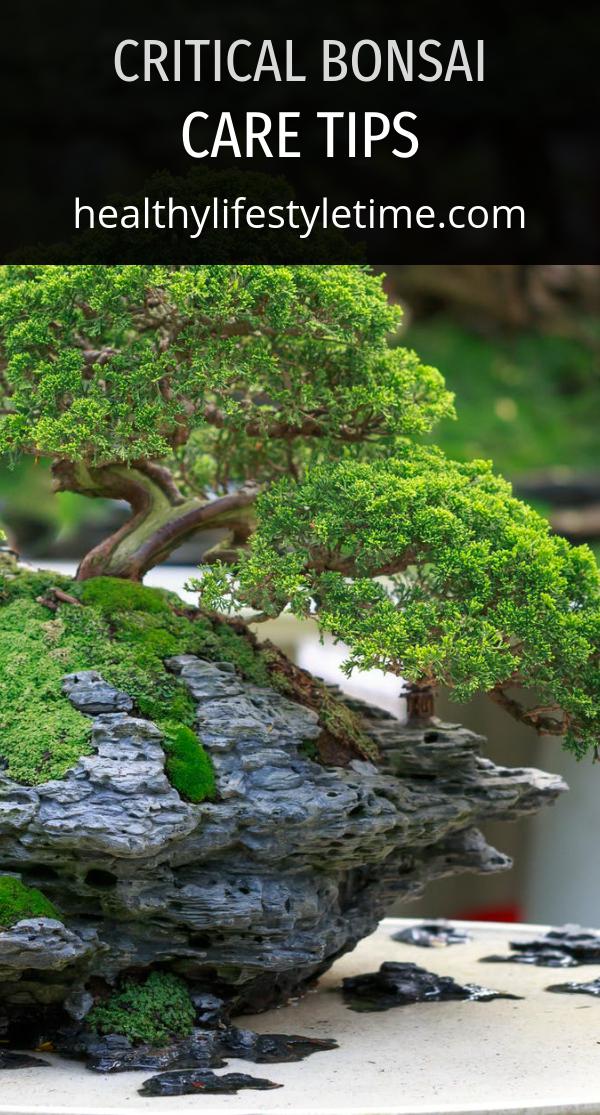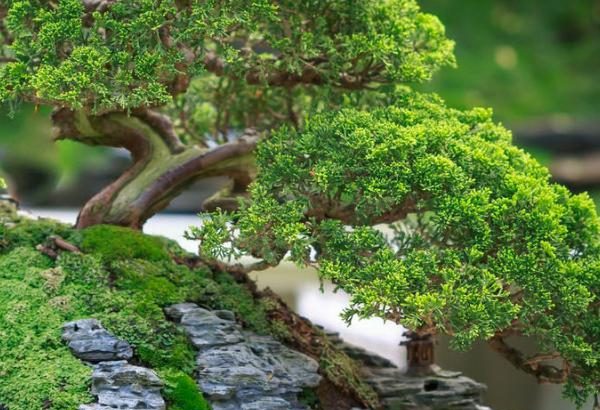Well, you have got the watering and feeding of the Bonsai down. Think you’re home free. Not a chance. There are still things you need to do successfully to realize the full beauty of these little Japanese wonders. Since the care of the root system is essential to the survival of the trees you need to know the how and when of re-potting your bonsai. This is one of the many steps to proper Bonsai Care.
The importance of Re-potting

The young bonsai trees grow quicker and need to be repotted about once a year. The older trees not so often and eventually get to a point where repotting every 5 years is sufficient. Repotting should be done in the late winter or early spring. This is when the buds begin to swell. First, you should prune your bonsai. Take away any unwanted or long branches. If your bonsai is kept outside it should be placed undercover for a few weeks before repotting. This will help dry the soil. You need to carefully remove the tree from its original pot. Check the root carefully. If they are bound then it is definitely time to transfer it to another pot. If the roots still have some space to grow (a few inches is sufficient) then it does not need repotting.
Remember, repotting at the correct time is essential for Bonsai Care. Place it back into its original pot. Now the fun parts. You dont simply stick the tree straight into a larger pot. Your tree has to be almost groomed before it moves into its new home. First, the original surface soil must be removed from the roots of the tree. This can be done by hand or by using a nylon scrubbing brush. Be careful not to damage the root system while doing this. This is a sure-fire way to kill your tree and make all of your previous Bonsai Care skills worthless.
Preparing the roots

Once you have completed this task you need to use a small paintbrush to remove any dirt that is stuck in the roots. Soil tends to collect around the roots and using a paintbrush will help ensure that you do not do any root damage. This process helps the trees look and feel healthier. The next steps require a Bonsai comb. The roots need to be combed out and due to the delicate nature of the trees, it is doubtful that the use of a human comb would be advisable. You need to comb from the underneath and using scissors prune away up to 1 third of the roots. Once you have done this you need to cut small wedges out, around the base of the roots. Sounds radical, but this allows for fresh soils to collect and will keep your tree healthy.
Well if you haven’t run away by now you probably won’t, time for the last bit of Bonsai Care. Now that your tree is happily groomed it is time to prepare the pot. You should put a layer of grit on the bottom of the pot and then whatever compost you have chosen to use. Now that its pot has been prepared, our little friend needs to be positioned. Once you have him sorted out begin putting in the soil. You have most likely figured this out by now but place the soil in gently. Why? You guessed it, to avoid root damage. Hopefully, the information that you have learned hasn’t sent you running and your Bonsai trees to the compost heap. There is a lot to learn and a lot to do correctly to ensure your tree makes it to adulthood. It may be easier just to have kids. Bonsai Care is an art and it has been said that the care and maintenance of these trees is an art form in and of itself. However, the rewards can be grand. The trees are beautiful when cultivated properly and you will have the satisfaction of knowing that you have mastered the art of Bonsai Care.





